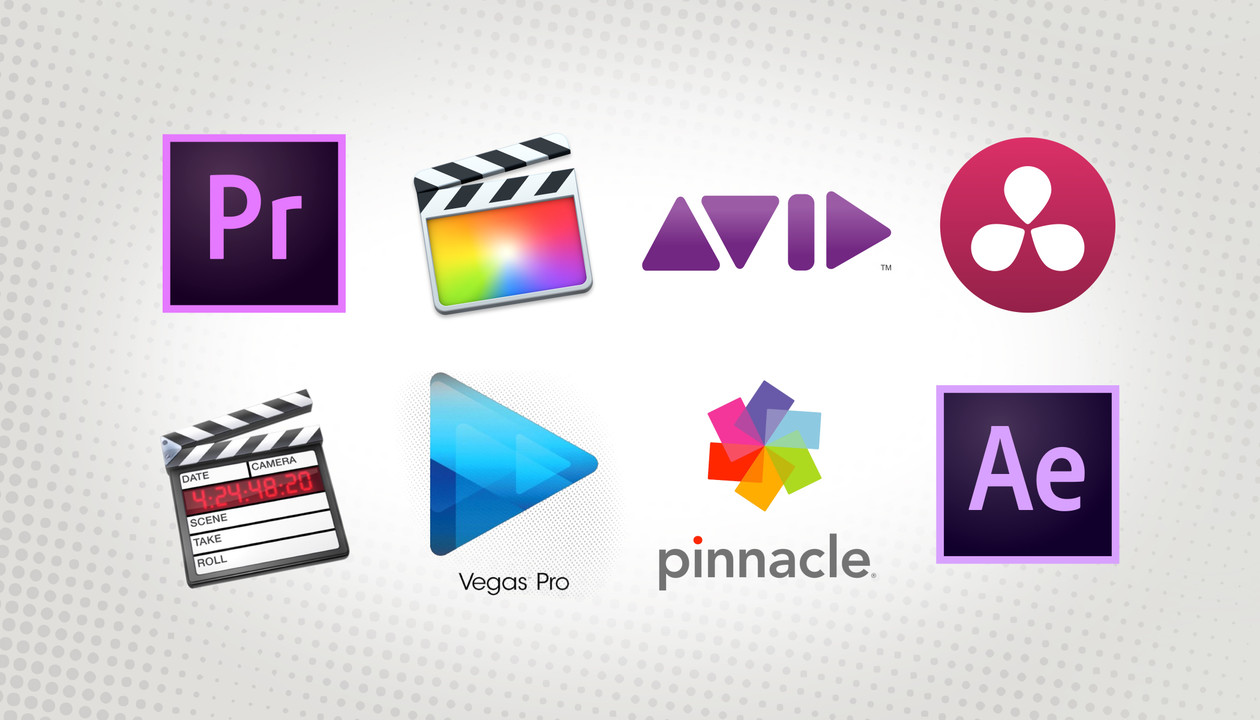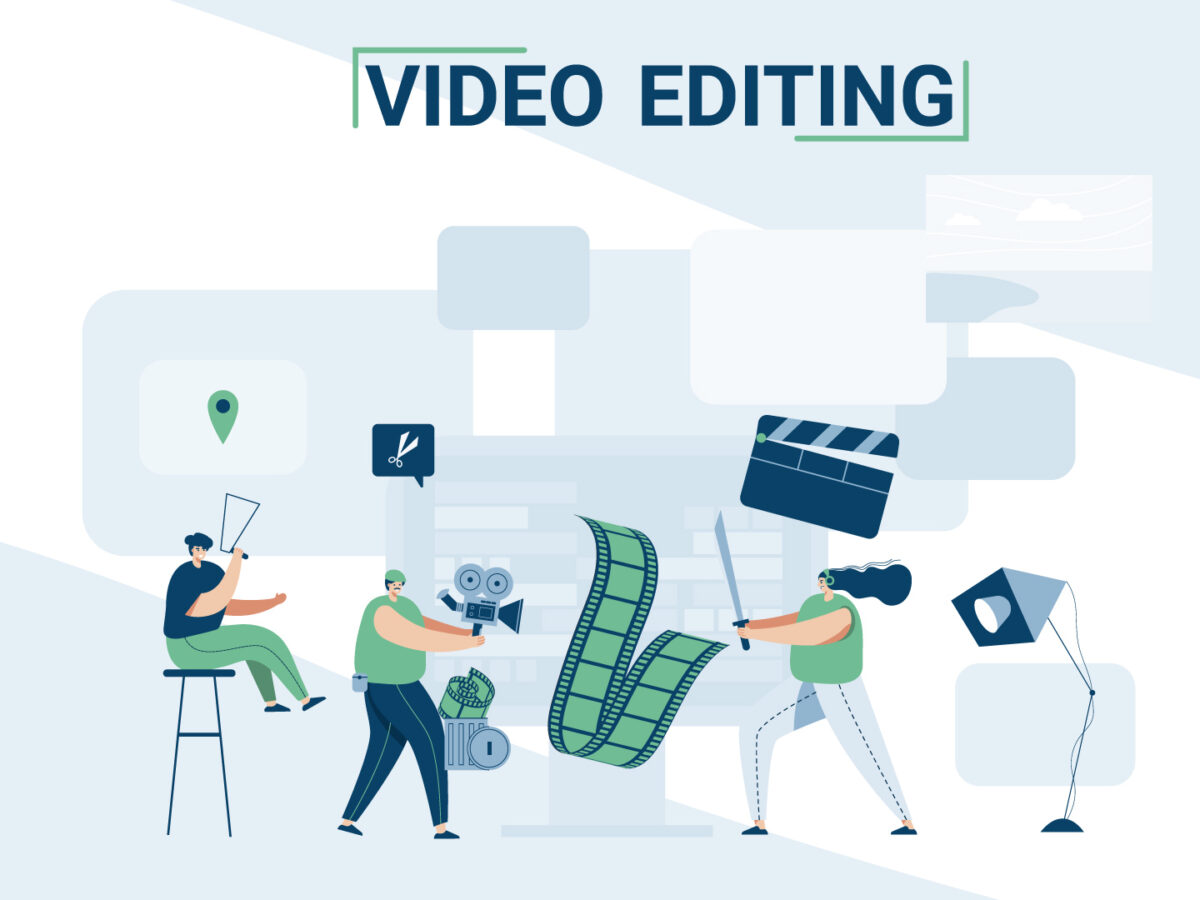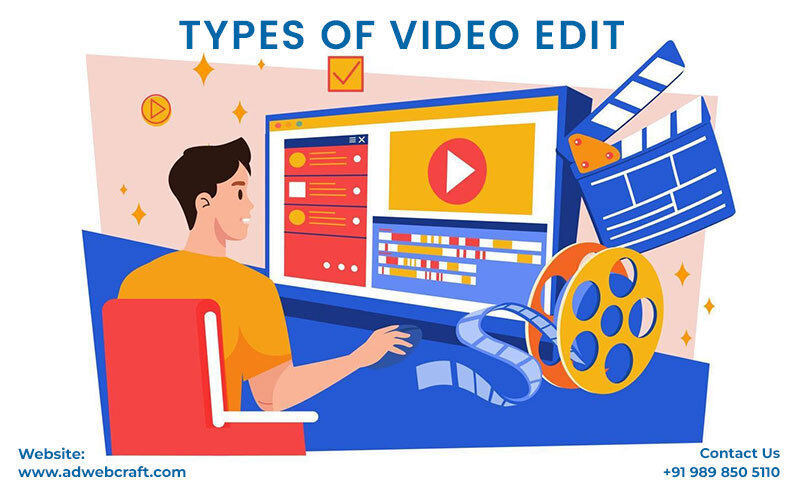In today’s fast-paced digital world, the art of video edit has become increasingly essential, especially for content creators, businesses, and marketers who aim to capture attention and engage audiences effectively. Video editing goes far beyond simply cutting footage together; it’s about crafting a narrative, evoking emotions, and connecting with viewers in a meaningful way. The impact of a well-edited video can significantly boost audience engagement, improve storytelling, and elevate brand messaging.
With the constant evolution of technology, video edit has been significantly transformed by advanced tools and techniques, making it more accessible and powerful than ever before. One of the most significant advancements in the field is the integration of Artificial Intelligence (AI) into the video editing process. AI has revolutionized the way we approach video edit, automating many of the traditionally labor-intensive tasks while enabling more creative and professional results. AI-driven video editing tools can help creators save time, optimize workflows, and achieve superior editing outcomes with ease.
From automating scene transitions to applying color grading, AI is enhancing every aspect of video edit, allowing creators to focus more on the content itself. This technology not only streamlines the editing process but also brings sophisticated effects, personalized edits, and advanced features to a wider range of creators, from beginners to professionals. As the demand for high-quality video content continues to rise, especially with the help of AI, has become a crucial skill for anyone looking to succeed in today’s competitive digital landscape.
The Types of Video Edit: An Overview
When it comes to video editing, several approaches exist, each offering a unique result. Here are the main types of video edits that filmmakers and creators often use to enhance their footage:
- Cut Editing: The most basic form of editing, cut editing involves removing unwanted scenes and splicing footage together. This type of video edit is essential for the creation of a seamless and coherent narrative.
- Montage Editing: This type of editing involves compressing time or showing a series of related shots that combine to give the viewer a sense of the passage of time or a connection between separate ideas or events.
- Jump Cuts: A jump cut is when the editor removes a segment of time to make the video move faster or more energetically. This form of video edit is often used in vlogs, tutorial videos, and even in cinematic works to keep the pace moving.
- Match Cuts: Match cuts are used to create a visual link between two different scenes or shots, usually based on composition or motion. This is frequently seen in high-end filmmaking to connect disparate scenes in a seamless manner.
- Cutaway Editing: Cutaway editing inserts a secondary shot that is related to the scene. This edit type frequently provides more context or additional information about the subject.
- Cross Cutting: Cross-cutting alternates between two or more scenes that are happening simultaneously. It’s a commonly used technique in action scenes to build suspense or indicate parallel storylines.

Which Type of Tools Are Used for Video Editing?
The right tools are essential for achieving a professional-level. With numerous video editing apps available today, it’s important to select the one that suits your needs, whether you’re a beginner or a professional editor. A good best video editing app can significantly improve the quality of your content. Here’s a breakdown of some of the most popular and effective video editing tools available:
- Adobe Premiere Pro: Often regarded as one of the best video editing apps for professionals, Adobe Premiere Pro offers robust features such as multi-cam editing, color correction, and advanced audio tools. It is ideal for high-level video production and used by many in the film and television industry.
- Final Cut Pro X: For Mac users, Final Cut Pro X is one of the best video editing apps for producing high-quality edits. It is renowned for its magnetic timeline, powerful effects, and user-friendly interface, making it a favorite for both professionals and enthusiasts.
- DaVinci Resolve: DaVinci Resolve is another excellent best video editing app, particularly well-regarded for its advanced video editing and color grading features. It’s commonly used in the film industry due to its impressive color correction capabilities, offering both free and paid versions.
- iMovie: If you’re new to video editing or want an intuitive, simple tool, iMovie is one of the best video editing apps for beginners. It’s easy to use, making it a great choice for quick, simple edits on Apple devices.
- HitFilm Express: HitFilm Express is a free video editing app with many professional-level features. It allows for composite shots and 3D editing, offering a range of visual effects. Whether you’re a novice or experienced editor, HitFilm Express provides powerful editing tools for all.
- Filmora: Another great best video editing app for beginners, Filmora offers a simple drag-and-drop interface. It’s packed with a variety of effects, transitions, and titles, making it an excellent choice for new video content creators.
- AI-Powered Video Editing Tools: AI technology is transforming the video editing landscape. Tools like Magisto and Adobe Premiere Rush use AI to streamline the video editing process, automating tasks like cutting, transitions, and effects. These apps allow creators to focus more on content creation, significantly saving time on labor-intensive tasks.
AI for Video Editing: Enhancing the Editing Process
AI in video editing is quickly becoming an indispensable tool for creators. It provides new ways to automate labor-intensive processes and streamline workflows. Here’s how AI is changing the landscape of video editing:
- Automated Editing: AI can automatically edit raw footage by analyzing the content and cutting out unnecessary parts. This saves time for creators and ensures a professional final product. AI tools, like Magisto, automatically analyze your footage for the best shots and edit them into a cohesive story.
- Scene Recognition: AI can recognize objects, faces, and even emotions in videos, which allows it to make edits based on this recognition. For instance, AI can automatically adjust the color grading and lighting for each scene, ensuring that the tone of the video matches the intended emotion.
- Speech-to-Text and Subtitling: AI-powered software like Descript uses speech recognition to convert speech into text, making it easy to add subtitles to videos. This feature is especially valuable for video creators who want to reach a global audience or improve accessibility.
- AI-Based Color Grading: AI tools can analyze footage to apply the correct color grading settings, saving editors hours of manual work. DaVinci Resolve offers AI-driven tools for color correction, making it easier for both professionals and amateurs to get stunning results.
- Face and Object Tracking: AI-powered video editing tools are now able to automatically track objects or faces in a video. This is particularly useful for tasks like creating professional motion graphics or ensuring that elements remain in focus throughout the video.
- Automated Transitions and Effects: AI helps simplify the process of adding transitions and effects, ensuring that they fit the mood and theme of the video. Tools like Adobe Premiere Pro are utilizing AI to suggest transitions based on the content of the video, making the editing process more efficient and creative.

Frequently Asked Questions
- What are the different types of video edits?
A. Common types of video edits include cut editing, montage editing, jump cuts, match cuts, cutaway editing, and cross-cutting. - What tools are used for video editing?
A. Some of the most popular video editing tools are Adobe Premiere Pro, Final Cut Pro X, DaVinci Resolve, iMovie, and AI-powered tools like Magisto and Adobe Premiere Rush. - How is AI used in video editing?
A. AI is used for automated editing, scene recognition, speech-to-text, color grading, object tracking, and adding transitions, making the editing process more efficient and creative.
Conclusion
The world of video editing is rapidly evolving with the integration of artificial intelligence. Today, creators have access to a variety of video editing tools, each offering different features to suit their specific needs. From cut editing to cross-cutting, the types of video edit can vary depending on the desired effect, while AI is making the entire process more efficient, faster, and accessible to all levels of editors.
At adwebcraft, we understand the importance of staying ahead with cutting-edge tools and technology. Whether you’re producing a professional video or a creative social media post, utilizing AI-powered video editing tools can help elevate your content to new heights. With the right tools and the right approach, video editing is no longer a daunting task but an exciting opportunity to bring your creative vision to life.


